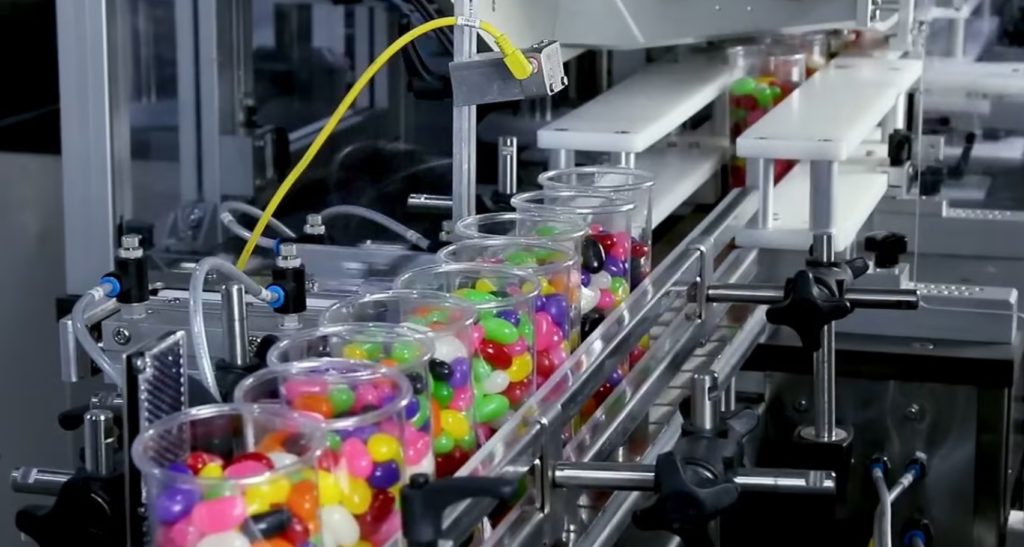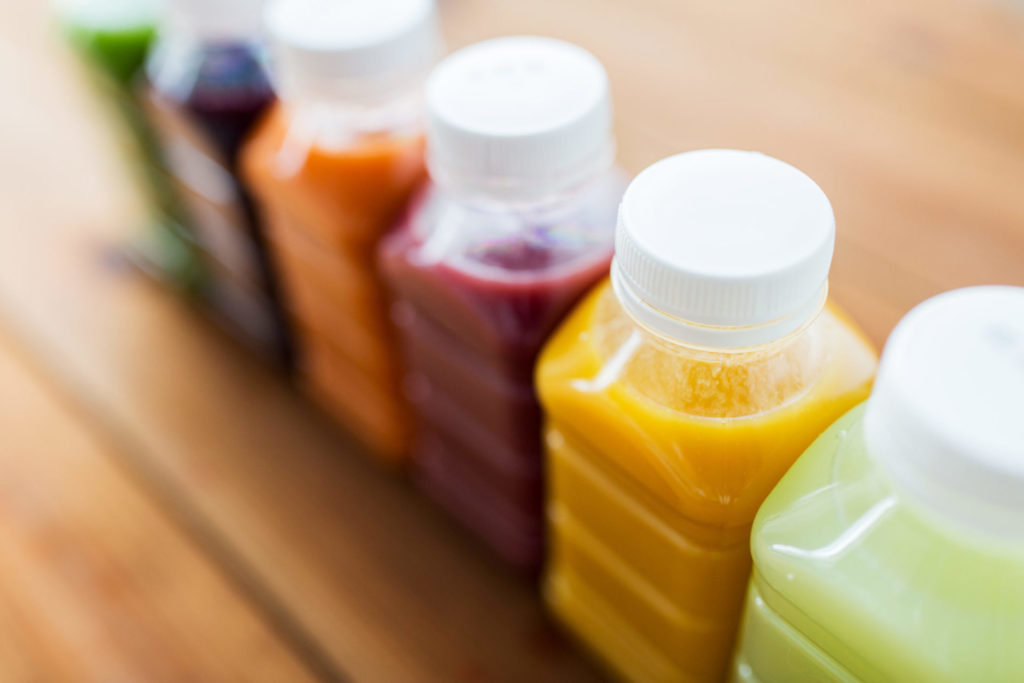BellatRx offers robust food & beverage packaging equipment for your requirements such as spices, sauces, preserves, or candies.
Food Packaging Equipment
There are many different types of food packaging equipment available. Machines may be designed to meet the specific needs of products with different textures and viscosities, such as powders, granules, and liquids. Packaging equipment, including cappers, sealers, and labelers, may be automatic or semi-automatic.
BellatRx offers a complete lineup of robust food and beverage packaging equipment solutions. This includes spices, sauces, preserves, or confectionery; as long as they are packaged in a rigid container, we’ve got the ideal equipment for your requirements.
Food and beverage packaging equipment is designed for quick and seamless changeover to cope with the vast proliferation of SKUs in the consumer goods industry. Packaging lines must be flexible, adaptable to changing formats, and quick changeover to handle shorter runs.
For specific applications where machine sanitation is essential, wash-down machine configurations are available to meet stringent requirements. Open designs with no hollow members or entrapment areas to avoid microbial growth are standard designs on wash-down configurations.
- Wash down machine design
- Machine logic ensures fail-safe operation
- Dust and splash cover for cleaning areas
- Stainless steel construction with an open frame elevated from the floor.
Vitamin Supplement – Food Production – Secure Star Capper
Whiskey – Liquor and Spirits – Liquid Line
Hot Sauce – Food – Aquarius Monobloc
Seasoning & Spices – Food – Powder Line
Fruit – Food – Magna Capper
Maple Syrup – Food – Secure Chuck Capper
Spices – Food – Notaris 2-Panel Labeler

Sweet Flexibility
One of our recent applications was to implement a capper at a leading jellybean producer. They were looking from flexibility and quick and easy changeover. The Magna Capper provided superior capping accuracy at a rate which can keep up with the filler. The Magna Capper was designed to overcome variations in containers and caps which were handled manually before implementing this project.
Why Food Packaging is Important
Food packaging is vitally important in ensuring the safety of our nation’s food supply, as well as the health and well-being of consumers.
Proper food and beverage packaging is crucial for many reasons, including:
- Ensuring food maintains its freshness and quality
- Protecting food from external elements, including contamination, heat, pests, and physical damage
- Extending the shelf life of food and beverages
- Preventing waste
- Enabling secure transportation, material handling, and storage of foods
- Providing consumers with labels containing ingredient, nutritional, and safety information
- Preventing product tampering
Despite its importance, custom food packaging is often viewed as unnecessary by consumers if it’s given any thought at all. This is understandable: by the time packaged foods and beverages reach the refrigerator or pantry, they have pretty much served their purpose. On the other hand, manufacturers understand the value of food and beverage packaging. Food packaging equipment represents an important investment in their business.
What Materials Are Used in Food Packaging?
Many different materials are used in food and beverage packaging. While the possibilities are virtually endless, most food packaging consists of glass, plastic, cardboard, paper, or metal. Common food packaging materials are:
- Bags
- Boxes
- Cans
- Cartons
- Flexible packaging
- Pallets
- Trays
- Wrappers
Food and beverage packaging may be made up of a combination of several different types of materials in order to offer additional protection. One such example is aseptic packaging, a mixture of paper and aluminum with a layer of polyethylene. Milk, liquid eggs, processed foods that require long preservation times, and other foods that need to remain sterile require custom food packaging of this type.
Some items require primary and secondary food packaging. Primary food packaging comes in direct contact with the product and is essential in preserving the food and protecting it from bacteria and other harmful microorganisms. Primary packaging is typically used for packaging small amounts of food. Secondary packaging offers additional protection but is often used for branding and bulk selling several smaller portions of the same product.
Ultimately, the choice of packaging depends upon factors such as the type of food being stored, transportation and/or storage challenges, safety concerns, and aesthetics. Other concerns include disposal methods; packaging waste may be eligible for recycling, composting, combustion/incineration, or landfilling.


